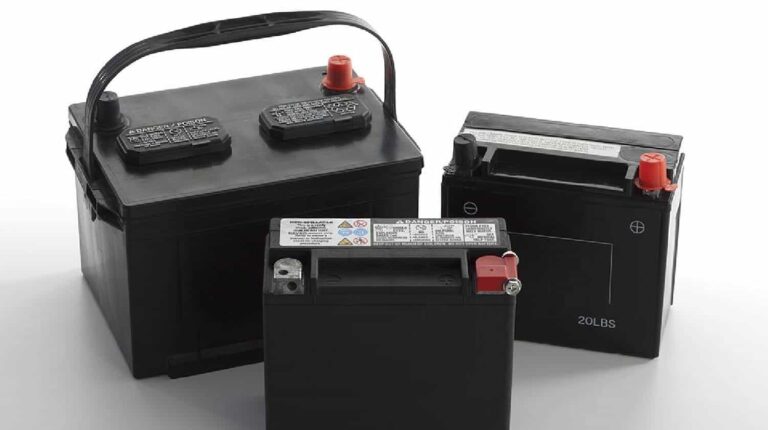
While countries like Brazil and the USA are already using Flex-Fuel Engine based vehicles, India is still waiting to introduce this technology. However, a few months ago, the Indian Government promised to bring the Flex Fuel Engines soon in the domestic market. But, what are these Flex Fuel Engines? And, are they a reliable option for you?
These are some common issues that are yet to be answered. However, we’ve designed a detailed guide on Flex Fuel Engines/Vehicles. Thus, hopefully, by the end of this article, you’d be able to understand these engines more and make a decision on whether they’re good for India or not.
What are Flex Fuel Engines?
Imagine any standard combustion engine, but it’s running on more than one fuel or a mixture of multiple fuels. Yes, that’s how you can define a Flex-Fuel Engine in relatively easy words. Also, if you believe that these engines are only a part of imagination, then you’re wrong. Many countries like Brazil and the USA are already running Flex Fuel Vehicles.
So far, most Flex Fuel Engines work on petrol with Ethanol or Methanol. Moreover, with features like ECU Programming and Fuel Composition Sensor, these engines can self-adjust according to the overall percentages of the blend.
But, how do Flex Fuel Vehicles work? Let’s find out:
Working of Flex Fuel Engine-based Vehicles
An FFV (Flex Fuel Vehicle) might look the same as any other car on the roads. However, FFVs have different fuel system and engine that runs on ethanol/methanol blends. In such vehicles, as soon as you’ll start driving, the Fuel Sensor checks the composition and sends a signal to an Electronic Control Module. Then, ECM adjusts the fuel delivery control according to the fuel composition and monitors the vehicle’s overall operation.
Generally, Flex Fuel Vehicles have the following key components:
1: Internal Combustion Engine:
A configuration where the fuel is injected into the intake manifold or the combustion chamber.
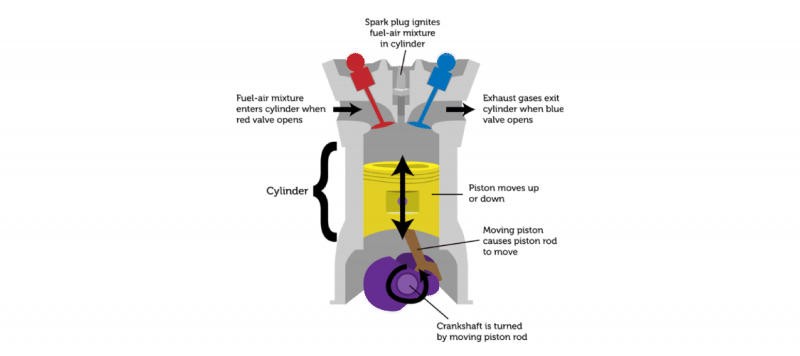
2: Electronic Control Module:
A smart control unit that controls the fuel mixture, monitors the vehicle’s overall operations and detects troubleshoot issues.

3: Fuel Sensor:
The Fuel Sensor checks the fuel’s composition and sends a signal to the ECM.

4: Fuel Injection System:
The primary role of a Fuel Injection System is to bring the fuel into the engine’s combustion chamber.
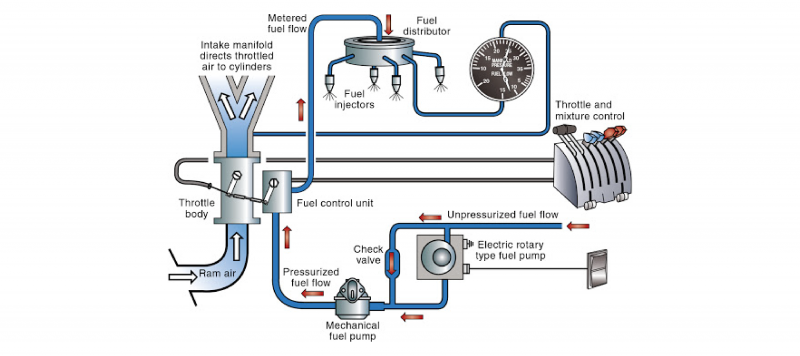
5: Fuel Line:
Fuel Line is a basic metal tube that transfers the fuel from the tank to the engine’s fuel injection system.
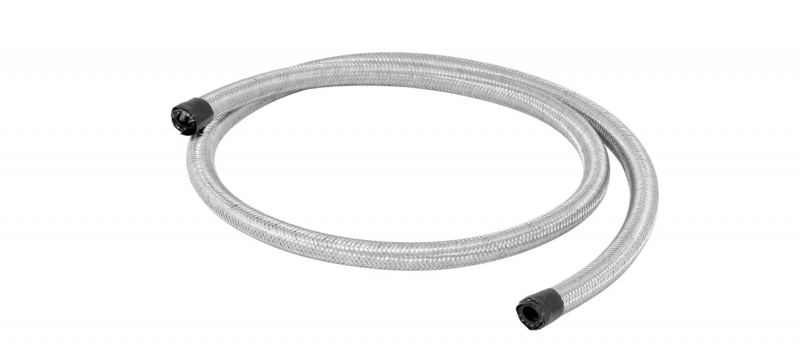
6: Exhaust System:
Lastly, we have the Exhaust System that guides the exhaust gases out through a tailpipe.
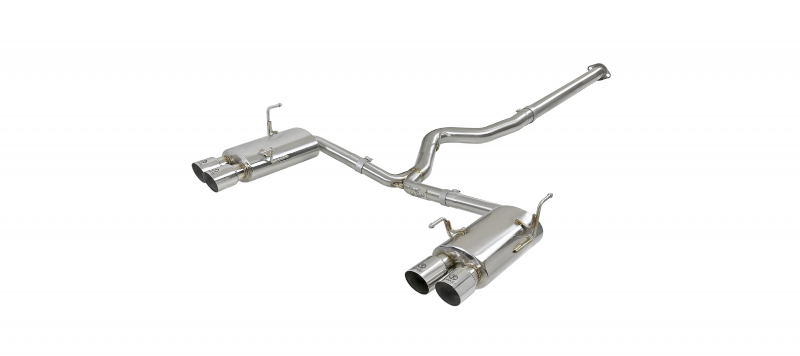
Flex Fuel Vehicles Pros and Cons
While there are various reasons for you to switch to an FFV, it has some limitations as well. Thus, we’ll discuss both pros and cons of Flex Fuel Vehicles to see if they’re good enough or not. Let’s start with its advantages first:
- Firstly, Flex Fuel Engines are undoubtedly good for our environment. And, why so? Because Ethanol usually burns cleaner than Gasoline and leaves less toxic fumes into the atmosphere.
- Secondly, with unique features like Fuel Composition Sensor, FFVs can burn any fuel mixture, and ECM can easily adjust the fuel injection process.
- Thirdly, FFVs promotes sustainability. Yes, most Flex Fuel Engines runs on Ethanol, and we can obtain Ethanol from natural crops such as Corn and Sugarcane.
Moving on to the disadvantages of Flex Fuel Engines:
- While using Ethanol for engines might sound like a good idea, it has a downside too. Unluckily, Ethanol can easily absorb ordinary dirt or dust, potentially resulting in damaging your vehicle’s engine.
- Lastly, although there’s no clear proof, many vehicle experts have claimed that FFVs have a pretty low gas mileage than regular vehicles.
The debates on the pros and cons of Flex Fuel Vehicles aren’t going to end any soon. However, due to Ethanol’s environment-friendly nature, the balance currently lies on the positive. At the same time, it’s pretty tough to ignore that Ethanol can also damage your vehicle’s engine very easily.
Flex Fuel Vehicles: A good option for India?
Recently, India’s Transportation Minister Nitin Gadkari admitted that the Government is trying to bring the Flex Fuel Engines into the local market. Moreover, many experts believe that soon Indian Government might make these engines mandatory for the Indian Automotive Industry. However, it’ll not be an easy job for them to adopt this technology so quickly. Also, they’re already facing intense competition from Electric Vehicles.
On the other hand, bringing FFVs into the Indian Market can result in various advantages. For instance, India has constantly seen many of its cities struggling against pollution. Thus, adapting Flex Fuel Vehicles might give some relief in natural or environmental aspects.
Apart from this, India also produces a good amount of corn and Sugarcane every year. Thus, fermenting Ethanol wouldn’t be an issue and might revolutionise the Indian Automotive Industry.
Frequently Asked Questions
Q 1. What is the Flex-Fuel Engine?
Ans. Any internal combustion engine that can run on more than one fuel, such as Petrol with Ethanol or Methanol, is known as the Flex Fuel Engine.
Q 2. How does Flex-Fuel Engine work?
Ans. A Flex-Fuel Engine consists of many advanced and essential components such as ECM, Fuel Composition Sensor, Fuel Injection System, etc. As soon as we start the vehicle, the Fuel Sensor detects the fuel’s composition and sends a signal to the ECM. Then, ECM adjusts the fuel delivery, which depends on the fuel mixture and monitors the overall operations.
Q 3. Is Flex Fuel bad for your engine?
Ans. Because Ethanol can absorb dirt pretty easily, Flex Fuels can damage your vehicle’s engine by corroding it. However, Ethanol also burns cleaner and leaves less toxic fumes than regular Gasoline.
Q 4. Are Flex Fuel Vehicles more expensive?
Ans. Unluckily, India doesn’t have any Flex Fuel Vehicle available in the market yet. However, if we compare the US market prices, Flex Fuel Vehicles are a bit more expensive than standard vehicles.
Q 5. Which cars are Flex Fuel Vehicles?
Ans. As mentioned earlier, India is yet to launch its first Flex Fuel Vehicle. However, many brands like Chrysler, Ford, Jaguar, etc., have various models available in the US Market. Ford’s F-150, Jaguar’s Range Rover (2014-2015), and Chrysler’s Cherokee are a few examples.
Q 6. How good are Flex Fuel Engines?
Ans. Undoubtedly, the most significant advantage of Flex Fuel Engines is its environment-friendly nature. Moreover, due to the presence of Fuel Sensors, it can easily detect the fuel composition and doesn’t get affected by different fuel proportions.
Q 7. Are Flex Fuel Engines reliable?
Ans. While there are many ongoing debates on Flex-Fuel Engine’s reliability, using E85 as mail fuel can generate better results and provide more torque and horsepower.
Q 8. What kind of gas does Flex Fuel use?
Ans.Usually, Flex Fuel uses a blend of multiple fuels such as Gasoline with Ethanol or Gasoline with Methanol. E85, which includes 85% Ethanol and 15% Gasoline, is the most common example of Flex Fuel.
Q 9. What are the pros and cons of E85?
Ans.The most significant advantage of using E85 Flex Fuel is that it can offer better torque and horsepower to your vehicle. On the other hand, Ethanol production in the USA is quite limited, due to which many states have still zero E85 Gas stations.
Q 10. Does E85 increase HP?
Ans. Due to its octane rating and high cooling capacity, Flex Fuels like E85 can boost the engine’s horsepower.
Q 11. Can we put Diesel in a Flex Fuel Vehicle?
Ans. No, you can’t use Diesel or regular leaded Gasoline in a Flex Fuel Vehicle. Remember, Flex Fuel Engines are specially designed only for Flex Fuels such as E85.
Takeaway
All in all, we can say India’s move towards Flex Fuel Engines might bring many positive changes. However, the Indian Automotive Industry will have to push hard as they face competition from Electric Vehicles. On the other hand, bringing Flex Fuel Vehicles can also solve India’s environmental issues. But, the Government will have to make sure that it doesn’t affect its food production.
Lastly, we hope you find this article insightful, and now if someone asks you what Flex Fuel Engines are, you might explain them quite easily.
For more informative blogs or some cool accessories for your car, explore Carorbis today!


